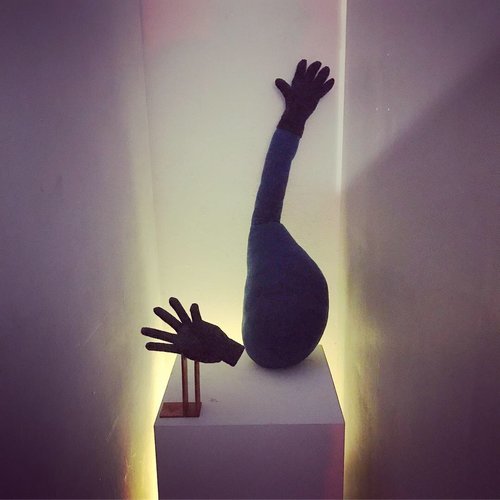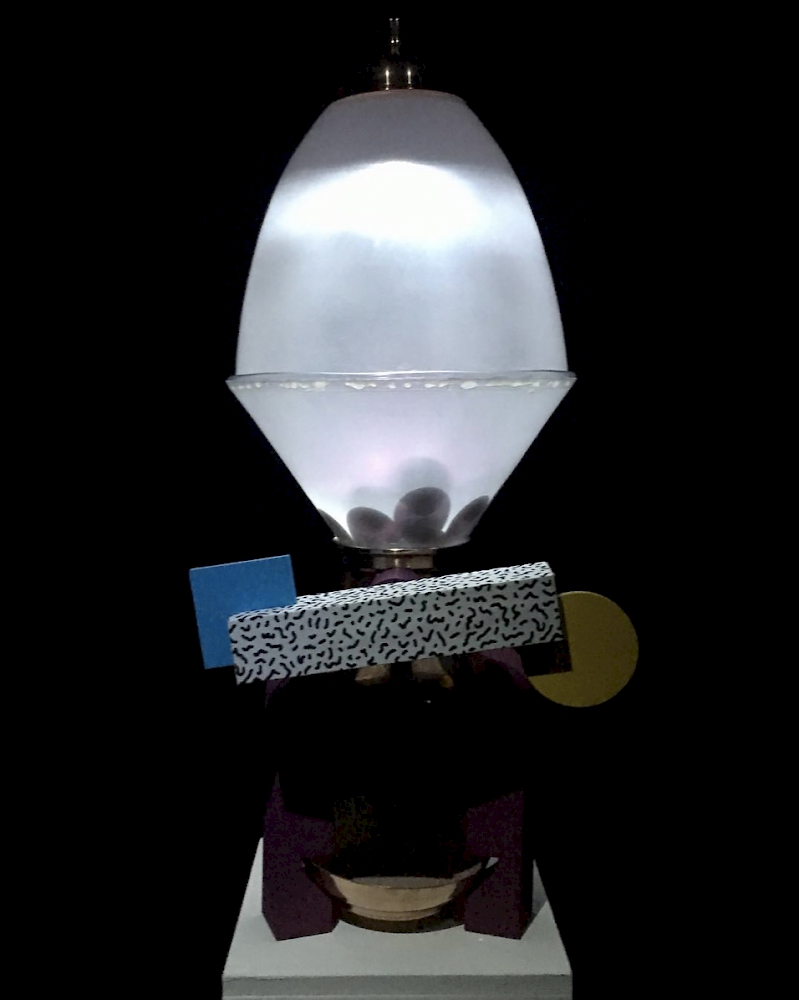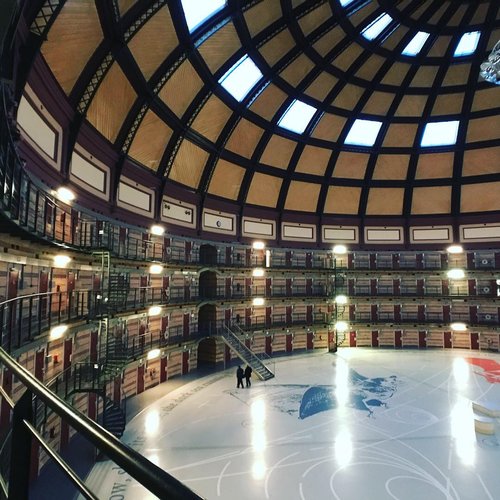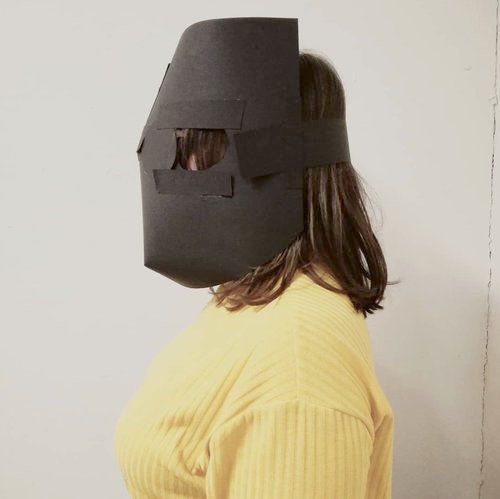Research Project: Para-design : Engaging the Anomalous
Project Founders: Fabrizio Cocchiarella, Dr Ken Drinkwater
Research Collaboratory: Product Design ArtEZ, Stichting Het Johan Borgman Fonds
Students studying Product Design at ArtEZ Institute for the Arts were invited to take part in a design research project from 7th - 11th Jan 2019 to investigate paranormal phenomena. Through a series of location based experiments to test experiences of anomalous phenomena students were tasked with exploring and questioning notions of belief, superstition and engagement with the paranormal. The term paranormal in this context refers to “a proposition that has not been empirically attested to the satisfaction of the scientific establishment but is generated within the non-scientific community and extensively endorsed by people who might normally be expected by their society to be capable of rational thought and reality testing.” (Irwin, 2009). Practice based studies through the concept of ‘para-design’ (paranormal design - thinking beyond or outside of ‘normal’ design scenarios) examines the degree to which paranormal belief influences the perception of the designed environment. After intensive field research students generated a response to investigate how design can be used to elicit, engineer and channel paranormal encounters.
On the first day of the project students investigated notions of the paranormal through discussion and debate with Fabrizio and Ken looking at the psychology of the paranormal and how this translates through the design of experiences. After an afternoon of rapidly modelling ideas for experiential scenarios in paper and card students modelled prototype situations and devises that could be used to filter paranormal perspectives.
For the second day the group went on a day trip and spent the morning at Stichting Het Johan Borgman Fonds in Odijk to view the 20th-century Dutch academic Parapsychology, Spiritualism and mediumistic art collections. Psychologist Wim Kramer and Lotje Vermeulen talked with the students about their archives and research and in the afternoon took us to visit the Harmonia Spiritualist HQ in Utrecht where we also conduct a building study (an extension of previous studies Ken, Neil and Fabrizio have conducted at Ordsall Hall in the UK).
On the 3rd day students had the morning and afternoon to investigate ideas through making prototypes. In the early evening we went on a visit to Arnhem Panopticon Prison. The recently retired building was excellent inspiration for investigating a different type of perceived haunted space. The layers of history and stories of strange experiences added a new perspective to the students approach to the project. Ken and I conducted another building study with the students as a way to structure their perceptive experiences and views of the spaces.
The following day was the students last full day of prototyping, moving ideas into materials and time to focus and refine how conceptual ideas became real experiences. The final day’s exhibition in the afternoon showcased the students work and was an excellent finale to a week of intense investigation, working through how the psychology of experience could be tested through parapsychology and designed as scenarios to better understand and interpret the paranormal. The workshop facilitated an inspiring week of investigating belief and parapsychology through design methods that materialised creative responses in designing paranormal experience.
Links:
Stichting Het Johan Borgman Fonds: https://www.hetjohanborgmanfonds.nl
https://www.instagram.com/explore/tags/para_design/
Special thanks to: Product Design ArtEZ, Hetjohanborgmanfonds - Wim Kramer & Lotje Vermeulen, Harmonia Utrecht, Koepelgevangenis - Arnhem Prison, ArtEZ Students - Niels Awater, Yvon Smeets, Jesper Speekenbrink, Elza Berzina, Jeanne van Straten, Chiel Terken, Marieke Cornielje, Mart van Iperen, Hein Heijnekamp, Oscar van der Laan, Idunn Feyling, Pietro Iannuzzi, Vera Mathljssen.








